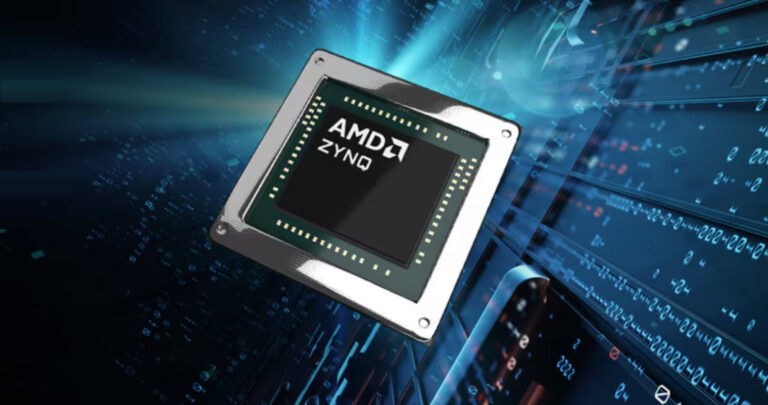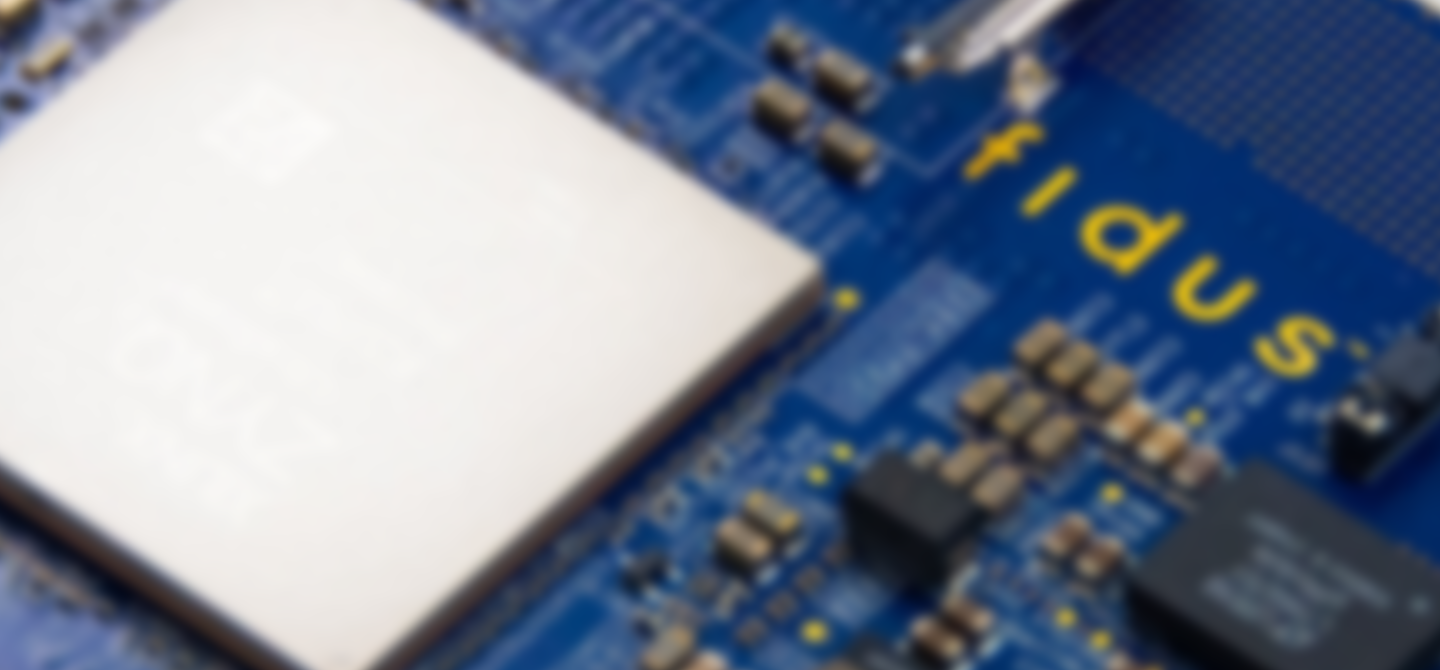Back to top

Fidus Solution Portfolio
We transform ideas, visions and concepts into products.
Filter by

Aerospace/Defense, Communications, Computing, Consumer, Government, Medical/Industrial, Semiconductor, Video
Embedded system for proprietary technology integration
A client requested Fidus to integrate their proprietary technology into a unique product. Fidus was responsible for the full development, including electronic hardware design, FPGA coding, mechanical and thermal design, and embedded software architecture. Using a Xilinx Zynq Ultrascale+ MPSoC, the project included signal conditioning, clock recovery, FMC interface, signal conversion, optical QSFP communications, and PRBS-based error detection.
The embedded application ran on Linux hosted on the quad-core Arm Cortex-A53. Deliverables included bootloader/BSP, IP over PPP, support for various USB peripherals, and data gathering from a Cortex-M4 for ADC and sensor information. We provided a Yocto build environment and Jenkins automation for future builds. The project concluded on time, within budget, and with a cohesive embedded software solution.
AMD/Xilinx Zynq Ultrascale+ MPSoC, PRBS, optical QSFP

Video
Video Demonstration for tradeshows
We took a AMD/Xilinx® ML605 development kit, an Avnet® HDMI FMC card, and a Panasonic® 1080p60 streaming camera, and made a video demo. The demo is set-up by recording four independent hi-def feeds into the onboard DDR3 memory. We then placed all four videos on the screen at one time, so before we store them into memory, we scale the feeds, and then dump them into memory. Next, we start the camera streaming live video. This live video is scaled, and overlayed onto the four simultaneous video playbacks. Building on this, we also decided to smoothly move the live video feed around the screen, rebounding as it comes to the edge of the display; all at full high definition 1080p60 rates.
This system consists of a AMD/Xilinx® MicroBlaze® soft core, a DDR3 memory controller, and a whole bunch of custom scaling, overlay, video processing, and movement code.
This solution has since been ported to the AMD/Xilinx® KC705 development kit.
AMD/Xilinx® Virtex®-6, AMD/Xilinx® Vivado®, AMD/Xilinx® Kintex®-7, AMD/Xilinx® MicroBlaze®, ML605, KC705, HD, 1080p60, DDR3, SODIMM, I2C, HDMI, DVI, video camera

Video
Proof-of-Concept Desktop Device for Gamers
The design utilized a DVI-D connector as well as a DVI-I connector. The DVI connectors were the connections to the outside world and directed data into and out of an FPGA. Both sides relied on a TMDS transceiver, and the analog portion of the DVI-I was accomplished using a Dual DAC. The FPGA was responsible for processing both the high-speed video data as well as the DDC (I2C) bus.
AMD/Xilinx® FPGA, DVI, DVI-D, DVI-I, DDC, RGB, DAC, TMDS, PTC
